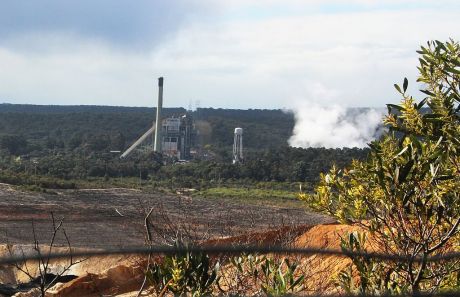By 2050, the EU aims to substantially cut its CO2 emissions – by at least 80 % – compared to 1990 levels. Carbon capture and storage is widely recognised as a key pathway to turning Europe into a low-carbon economy.
The conventional method of carbon storage is to inject CO2 deep into the Earth's crust. The risk with this approach is that the gas can leak back into the atmosphere. Unlike trapping gaseous CO2 in depleted gas reservoirs, the EU-funded project CARBFIX (Creating the technology for safe, long-term carbon storage in the subsurface) injected CO2 dissolved in water into reactive basaltic rocks.
This innovative approach brings a host of advantages in terms of safety and environmental soundness. When dissolved in water, the gas is less likely to escape into the atmosphere. The reaction with basaltic rock allows CO2 to be transformed much quicker into carbonate minerals that will be stable for millions of years, thus eliminating the need for monitoring. With no long-term monitoring, costs of mineral storage are decreased. Within a year, this technology has the potential to successfully transform over 80 % of the CO2 injected into minerals.
This method should provide a secure alternative to the injection of pure CO2 into sedimentary basins. The next step would be to up-scale from several hundred tonnes to million tonnes per year. Scientists already demonstrated the technology at a pilot power plant in Hellisheidi, Iceland.
CARBFIX placed great importance on the dissemination and exploitation of project results. The results were therefore published so that they could be more widely studied and applied around the world through the development of new technology to facilitate safe and permanent geologic carbon storage. Educational materials for children were also developed on climate change and the challenges it poses and on the work of CARBFIX as a contribution to the solution.

